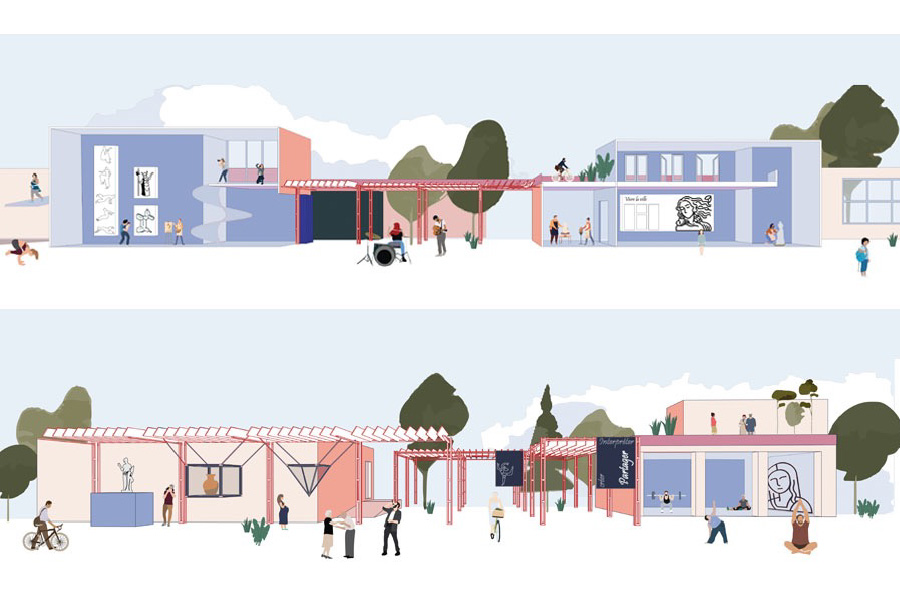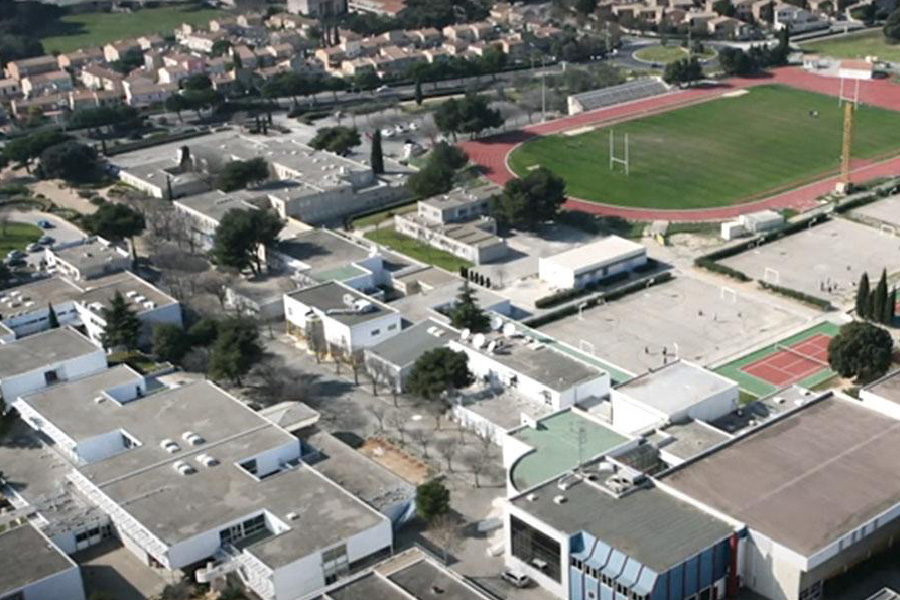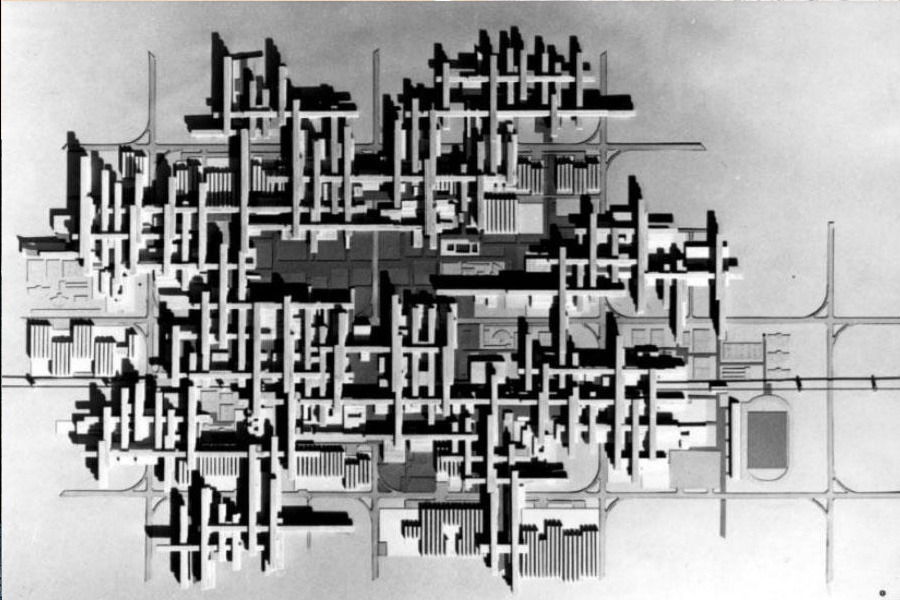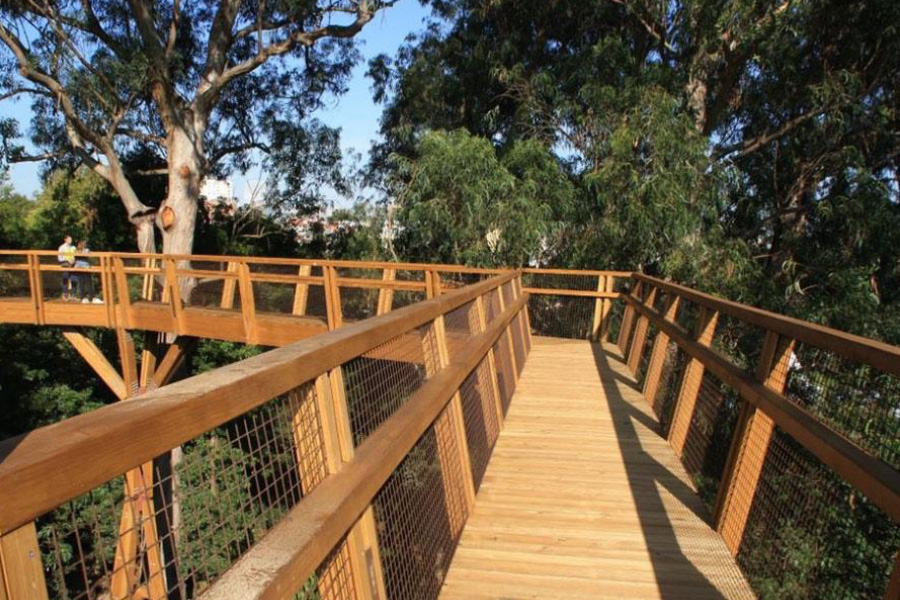Devising the Milieu
Istres (FR) - Runner-up

TEAM PORTRAIT
VIDEO (by the team)
INTERVIEW
Click on the images to enlarge
1. How did you form the team for the competition?
We attended the same Architecture school in Politecnico di Milano but we really had the chance to meet each other during our Erasmus experience in Porto. In these months we had a crucial growth process in which not only our bond, but even our design mindset and architectural outlook merged together in a common and shared direction. For this reason, after the graduation, even if we followed careers in different parts of the world, we always s tried to collate together in a parallel direction in some other research, competition, and collaboration with the offices in which we are currently working. Working on Europan represents for us, the possibility and the process to build a path which is going to lead us towards a shared common architecture practice, a moment of our lives in which working together is not merely our parallel activity and our direction, but the achievement of our common goal.
2. How do you define the main issue of your project, and how did you answer on this session main topic, Living cities?
Collectiveness, sharing, equality, temporary settings and adaptability, therefore density and re-interpretation of the existing archetypes. These are the main concepts from which we have been driven through the whole design process. Concepts which identified our site as a proper living being. A part of the city which was « sleepy » in his daily routine. Every cultural facility offered by the ECC was given without any enriching of the third-space learning, creating a place in which many different activities co-existed without any shared infrastructure. A reality in which every facility works on his own not triggering any further inclusivity and metabolic process. Our design tries to match this lack of infrastructure with a connectivity tissue able to enhance links and create connection , involving not only the user of the facility but the whole citizenship, in the daily life of the ECC.
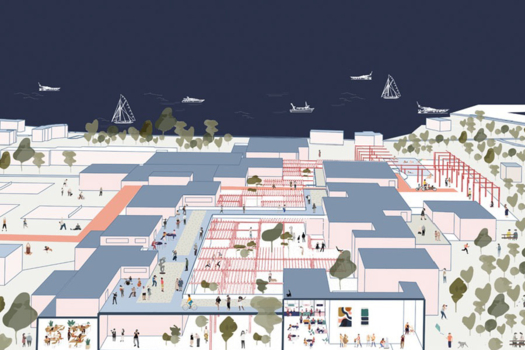

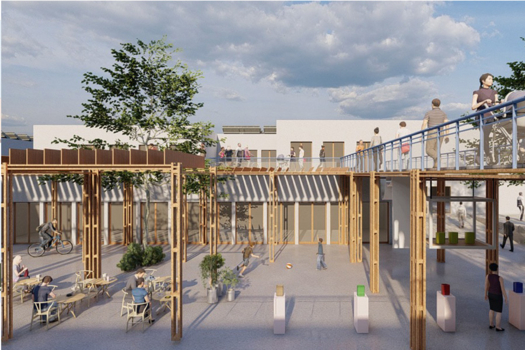
The site mutation triggers the metabolic activities in the moment in which it takes into account the needs and the rythm of the citizens and the users of his facilities. It’s been really important for us to read the interviews and the opinion of the everyday-inhabitant of the ECC. Following their suggestions and their evidences we have been able to provide solutions that answered to what they asked for. The modular-parasite structure gives the possibility to answer to many different tasks issued by the involved subjects, with his intrinsic versatility and usage-eclectism. It acts as a performative object able to create and transform the existing, dividing and altering the space, enhancing new connections and programs. On a urban scale it has been important to identify and create new transversal connections towards the city of Istres, because beside the social inclusivity on a user-scale, we had to take into account the links which could animate the ECC out of his functions. Thus we identified the active milieu as the node of larger infrastructure net linking the anthropic ecology of the city center, with the outer forest and the coast. In this sense the heart of the site became the beating element in the center of a new rhythm and routine which grant the correct usage of the ECC and the strengthening of his potential function for the users-citizens of Istres.
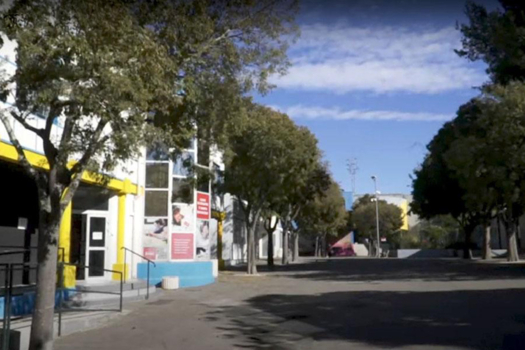
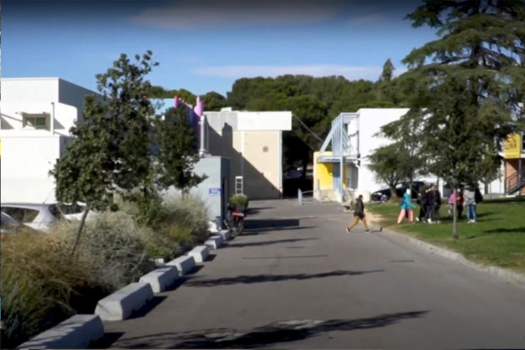

We already had the chance to reflect upon this theme in few of our previous experiences but never as a central point of the design development. The re-use idea competition of an Auditorium in a Fallen Church, a land art monument competition which involved the mines-related tradition of the site, and the common space of a winery hotel on Portugal hills. In these projects we always tried to translate the intent of a semi-public space into the opportunity of a deep change for the city scale setting through a user involved design. For this reason it has been really important for us to enlarge our knowledge studying some notable examples of the topic. The starting point has been a deep analysis of the principles and the architectural behaviour of the “Atelier de Montrouge”, which expressed his main design features in the development of the ECC. Here ATM expressed through his typologies a design made with the purpose of inclusivity, oriented to create a network of connections made up by different backgrounds and activities. Therefore it was highlighted from the beginning how the central promenade could represent a crucial point of the whole design. It has been important for us to study the proposal made for the planning of the city of Vaudreil. Here the volumetric is involved in a density experiment in which every volume is merged in a conncectivity fabric. We translated this example in our modules as a means to creat many « third-space » in which users are able to gather and share. Another great example and inspiration has been for us the « NO-STOP CITY » by Archizoom. Here the vision is characterized by a continuos grid-infrastructure in which activities and functions iterate themselves through a continuos and hipotetically infinite rythm. In the moment in which we had to deal with the existing facilities and the integration with our new fabric, it has been essential for us to look at the many examples of the practice Lacaton et Vassal. The attention for the existing and his intrinsic qualities, the hidden potential power of the re-use experience and the understanding of the built environment as a continuos mutable object ; indispensable leitmotif of every sustainable and conservative re-use intervention. In the moment in which we had to think about the integration in the given landscape it has been important for us to take as example the treetop canopy walk of Carlos Catanheira in Serralves Museum in Porto. Here the structure is perceived as a landscape infrastructure in which the creation of the architectural device permit the extension of the experience of the user.

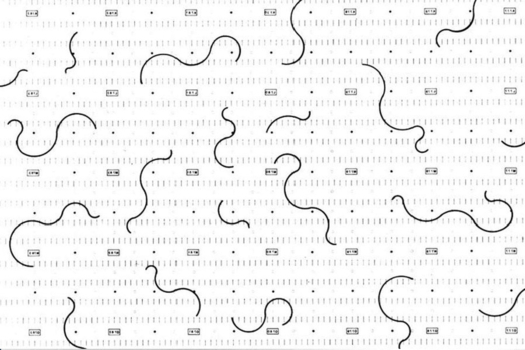

The versatility and the eclectism of the provided design permit to « devise » a flexible and efficient negotiation with the many actors involved in the process. Starting from the collection of the needs of the citizens it could be possible to give a more appropriate « emploi » to urban fabric of the milieu. A reflection upon the re-usage of the existing in a more organic setting oriented to the desire and the functions choosen from the inhabitants among the ones we proposed. In this sense, the priority given to the citizens opinion will grant the successful outcome of the project. After this phase it would be opportune to match the collected opinions with the municipality and the needs and the forecasts already made about the further development of the city. In this moment it could be really important to find a solution which could make a more sustainable and affordable design solution. To do so it would be essential to negotiate with privates their interest involved in the site development. The new milieu seen as an opportunity to offer more rentable spaces and temporary setting could be an inviting architectural solution for investors interested in: exhibitions space, hospitality, tourism facilities, workshop space and any other activity to new vibrant heart of the ECC. After this initial phase the time scheduled and the phasing should be driven through the consideration of the different aspects of the development. Citizens and city interests, financial assets and private quality-investors, actors that could determine, with the correct design intervention, a brilliant future for the ECC and the city of Istres and his new milieu.
6. Is it the first time you have been awarded a prize at Europan? How could this help you in your professional career?
This is the first time we are awarded with an Europan prize. This is a really great moment for us and we are really thankful for the given opportunity. We are working together towards the common goal of having our own practice and we’re really hopeful that our « Europan-experience » could be the starting point of our practice. It’s more than a year that we’re trying to build this new vision for our future and we have already faced some competition and private tasks. Facing Europan theme of « Living cities – Inclusive and metabolic vitalities » meant for us a great opportunity to explore our ideas and the materialization in a given process which is not merely a design commission. The opportunity to have a vision which could set the future of not only the ECC, but the whole city rythm, with an inclusivity-driven purpose.
TEAM IDENTITY
Office: -
Function: architecture
Average age of the associates: 26 years old
Has your team, together or separately, already conceived or implemented some projects and/or won any competition? if yes, which ones?
We have already worked together in few different design tasks. The re-use idea competition of an Auditorium in a Fallen Church, a land art monument competition which involved the mines-related tradition of the site, and the common space of a winery hotel on Portugal hills. As a private task we collated with an Italian office for an elder-people residence in the chinese city of Qintjan.
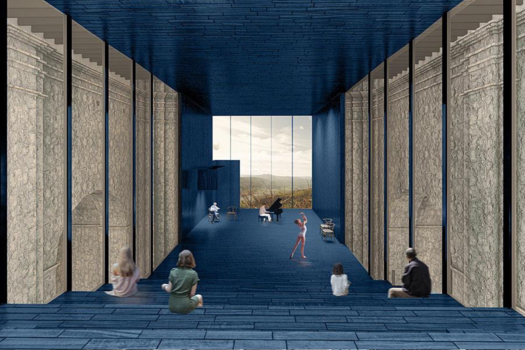
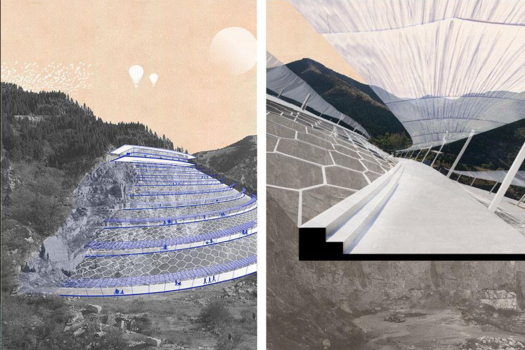
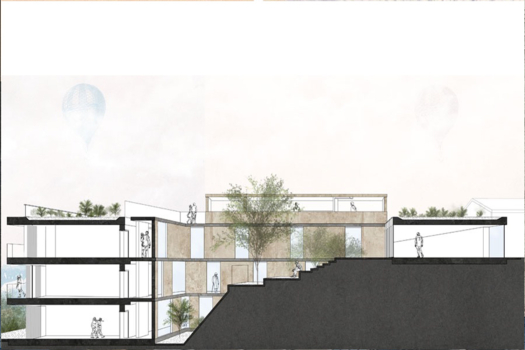
We started working together in a pandemic time in the moment in which everyone was closed in his own space and it was not possible to deal with a traditional development of the project. Following our carrer paths we got « geographically-far » from each other but our strong friendship, and our common mindset in the architecture practice held us together in this group working together to reach a common future.

